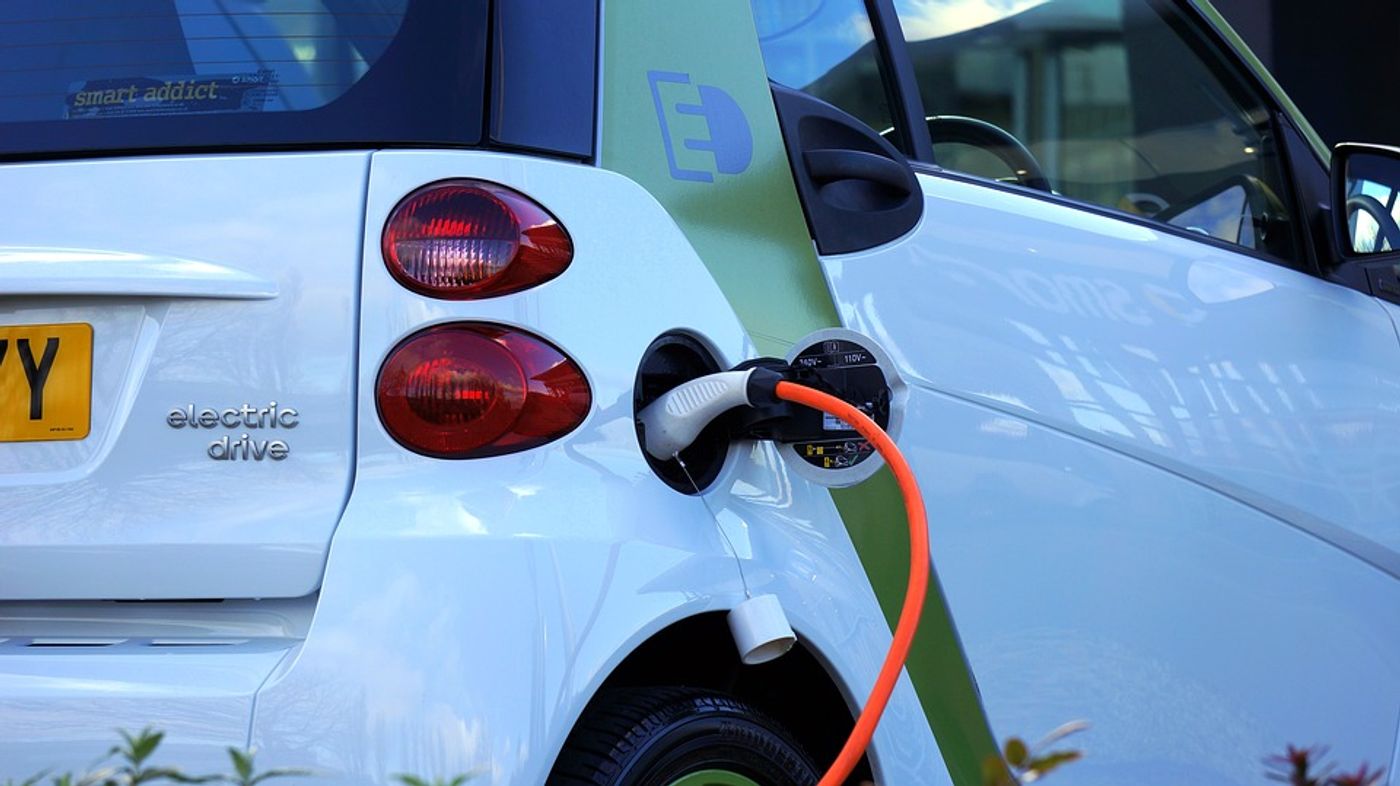Cobalt-free cathode paves the way for new developments in EV batteries
A new development in the advancement of the electric vehicle (EV) industry has been described by Professor Byoungwoo Kang and Dr. Junghwa Lee of POSTECH's Department of Materials Science and Engineering in Korea. The pair have designed a high-capacity cathode material that does not use cobalt metal but can still be charged and discharged for over 500 cycles. Cobalt metal is not an ideal material because of its high expense and toxicity.
The team’s findings, published recently in the American Chemistry Association’s ACS Energy Letters, explain how the researchers modified the local structure of the lithium-rich material in order to produce the energy-dense cathode.
"The significance of these research findings is that the cycle property, which is one of the important issues in the next-generation high-capacity Li-rich layered materials, have been dramatically improved through relatively simple process changes," comments Professor Byoungwoo Kang. “This is noteworthy in that we have moved a step closer to commercializing the next generation Li-rich layered materials."
The speed of commercialization of EVs has been impeded in the last decade by Li-ion battery capacity technology. Because of the way that Li-ion batteries charge, their high-energy density is difficult to maintain for many cycles, meaning that EVs need to be recharged frequently and battery lifespans are not as long as consumer demand requires.
In conducting their study, the team developed a simple process that optimizes the degree of atom distribution within the structure of the Li-rich layered material. Such optimization allows for enhanced electrochemical reaction and cycle property within the material. The researchers demonstrated that under such atomic distribution, the Co-free Li-rich layered material was capable of a 180% higher reversible energy at 1,100Wh/kg than traditional high nickel layered materials. They also demonstrated that the material was able to maintain 83% capacity for 500 cycles.
Sources: ACS Energy Letters, Science Daily









